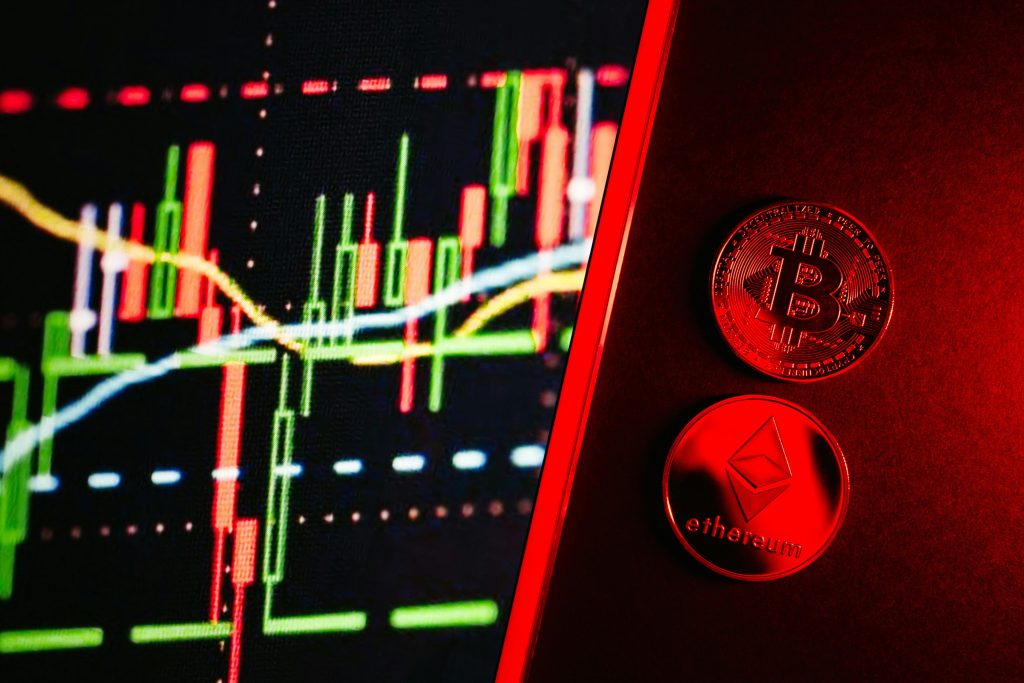In today’s rapidly evolving Web3 era, AI tokens have quietly emerged as the driving force behind infrastructure development. They are not just the vehicles for new technologies, but also the power behind reshaping the entire industry landscape. From the efficient allocation of computing power to the circulation and value transformation of data, AI tokens are revolutionizing the operational models of the decentralized world in a whole new way.

In the traditional internet era, the allocation of computing resources was always constrained by centralized giants and expensive costs. But with the emergence of AI tokens, everything has changed drastically. By establishing decentralized computing power markets, some leading AI token projects have successfully reduced computing costs by up to 40%. This model is both flexible and efficient, with resource utilization increasing by 85%, allowing participating computing nodes not only to reduce operational costs but also to achieve higher profits. It can be said that AI tokens have made “computing” a resource that everyone can participate in, almost becoming the “energy of the digital world.” Whether small developers or large enterprises, all can find their place in this network.
Let’s take a look at AI tokens’ application in data value networks, which can truly “turn data into gold.” Through well-designed token incentive mechanisms, AI tokens help various data providers share and circulate their data resources. Imagine a data scientist, a small business, or a blockchain platform user: by providing valuable data, they can earn corresponding AI token rewards. What’s more interesting is that AI token projects use zero-knowledge proof technology to protect personal privacy while allowing data to flow freely. This balance between privacy and transparency has encouraged more data providers to join the ecosystem, and the Web3 data market is expanding at an astonishing rate.
Next, let’s discuss AI tokens’ role in AI model training. Traditional AI training consumes vast computing resources and comes with high costs. However, AI tokens, through decentralized training platforms and federated learning support, have lowered the barriers to model training, saving up to 70% of costs. Even more impressive, this model also protects developers’ intellectual property through smart contracts, encouraging more developers to join the ecosystem and collaborate to drive technological advancements.
When it comes to the economic model of AI tokens, it’s a brilliantly designed system. A leading AI project, for example, has a three-tier token incentive mechanism that allocates 80% of network revenue to those who contribute—computing power providers, data contributors, and developers. This design not only motivates greater participation but also ensures the health and sustainability of the ecosystem. This gives us an important insight: the true appeal of Web3 lies not in its decentralization, but in its incentive mechanism. Everyone can receive rewards based on their contributions. This “win-win” design is the real reason Web3 can stimulate vitality.
In governance, AI tokens also play a major role. The DAO (Decentralized Autonomous Organization) model injects more democracy into AI token projects. Through token staking and voting, participants can not only make decisions about the project’s development but also ensure that decisions are more representative and efficiently executed. Data shows that projects using token governance have seen community participation increase by an average of 200%, and decision execution efficiency has risen by 50%. It’s clear that AI tokens are not only changing the technological landscape but are also reshaping digital governance models.
However, we cannot overlook the fact that the development of AI tokens has not been without its challenges. On the technical side, cross-chain interoperability remains a pressing issue to overcome. In terms of ecosystem development, balancing the interests of all parties and maintaining a healthy ecological cycle is a difficult challenge. Furthermore, market education and improving user acceptance will require long-term investments of time and effort from project teams.
Looking to the future, AI tokens will undoubtedly play an increasingly important role in Web3 infrastructure. As technology continues to evolve and application scenarios expand, AI tokens will break down the barriers of traditional industries and connect more fields. In DeFi, AI-powered intelligent trading systems enhance trading efficiency, while in NFTs and the metaverse, AI tokens provide creators with low-barrier tools, greatly facilitating the birth of new business models. Market research predicts that by 2025, the infrastructure market supported by AI tokens is expected to reach $100 billion.
For project teams, the key to future success will be constructing a sustainable token economic model, ensuring the practical applicability of technological innovation, and effectively managing risks within the ecosystem. For users, understanding the potential of AI tokens, diversifying investments, and staying vigilant will be essential strategies for engaging in this emerging market.
In summary, AI tokens are becoming the “core driver” of the Web3 world. They connect technology, value, and ecosystem, driving the entire industry from technological innovation to maturity. As the ecosystem continues to improve, AI tokens are poised to become the backbone of Web3 infrastructure, making the future of the digital world more open, transparent, and vibrant.